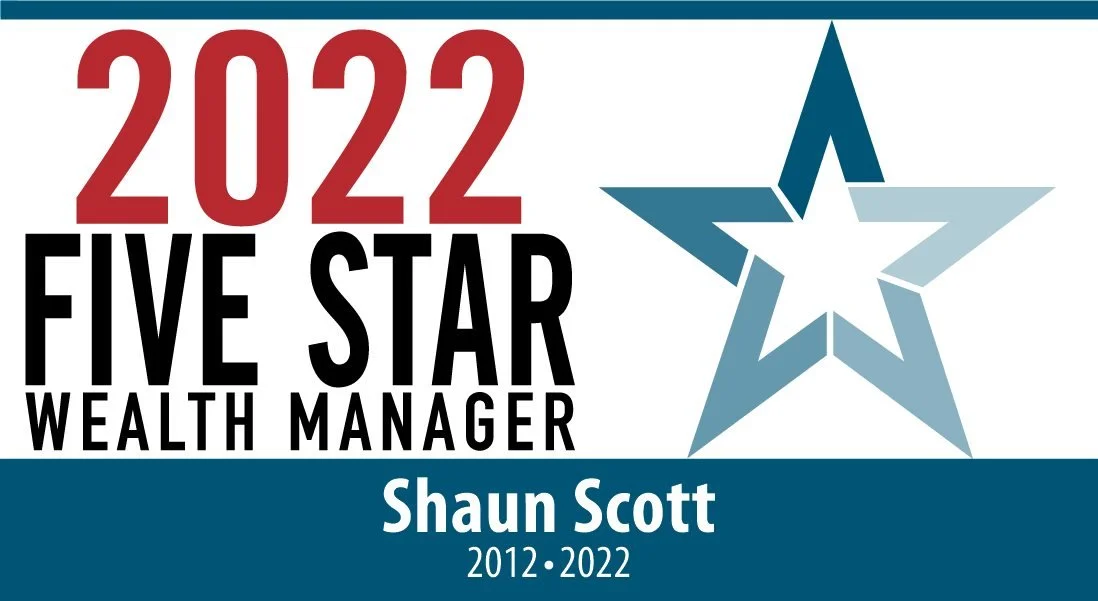June introduced the first natural bear market in the U.S. since the Great Recession in 2008. The February to March, 2020, covid lockdown-induced bear market qualified by definition, which is a 20% decline from the recent peak, but lacked important characteristics of a traditional bear market, and was anything but natural.
Major bear markets are always accompanied by economic recession; remembering that will help you distinguish a market correction from a more painful and lasting drawdown event. As described in Bob Farrell’s 10 Rules of Investing, the three stages of the bear market are as follows:
-
Sharp down
-
Reflexive Rebound
-
Drawn-out fundamental downtrend
The sharp sell-off occurred from early January through mid-June, interrupted briefly by a relief rally in March, and saw the S&P500 to a 23%, bear market decline. The reflexive rebound played out as an impressive 17.8% summer rally from mid-June through mid-August, conning many talking heads to pound the tables on the new bull market, and has since rolled over. That leaves the drawn-out fundamental downtrend.
The bear market’s final stage consists of two phases: a dramatic, fear-driven sell-off to significant new lows with little interruption, and then a longer, slower, more methodical decline in prices. The investor’s psychological journey begins in disbelief, when the initial sell-off occurs, travels to denial, during the fake recovery, ventures through awakening, when fake recovery’s cloak falls off, breaks the speed limit to fear, when the crash arrives, spends a few days in despondency, during the drawn-out decline, and finishes the journey at capitulation, where it’s illegal to own stocks. Capitulation greatly excites savvy investors, who subscribe to “The Daily Gazette”, but never visit.
While it’s important to protect our capital with prudent bear market principles, like dollar cost averaging, diversification, honoring stop-loss orders, building a cash position, and favoring quality over potential, it’s also critical that we realize:
-
The Fed fears deflation more than inflation, and while we shouldn’t fight the Fed, they will print again, which means stocks will rise again. The bear market will culminate in a fantastic opportunity.
-
A person is smart, but in groups people are dangerous and irrational. Broad capitulation is a gift from the masses which the prudent never refuses. Build cash.
-
When a large pile of money is sitting in the corner, Jim Rogers said he always goes over, picks it up, and takes it home with him. Know what you want to own, the ridiculously low price at which you must own it, and make sure you are notified when it happens.
Politicians, the Fed, and the financial media have been lying to you. Recessions and bear markets are not evil, and they are not avoidable. Recessions punish the heavily indebted, which frees up unproductive capital and sends it to productive ends, the non-profitable, which promotes and compensates entrepreneurialism and fiscal restraint, and the under-educated, which trains workers to be useful and productive. It also sets the foundation for sustainable economic growth. Bear markets weed out excess leverage and speculation, and prepare the table for a new and sustainable bull market. The prudent don’t fear these things, they welcome them.
Think about it, Shaun.
“Be wise as serpents, and harmless as doves.” ~Matthew 10:16
“If you have not been faithful in the unrighteous wealth, who will entrust to you the true riches? You cannot serve God and money.” ~Luke 16:11,13
The opinions voiced in this material are general, are not intended to provide specific recommendations, and do not necessarily reflect the views of LPL Financial. The economic forecasts set forth in this commentary may not develop as predicted.
All investing involves risk including the possible loss of principle. No strategy ensures success or protects against loss. Asset allocation does not ensure a profit or protect against loss. There is no guarantee that a diversified portfolio will enhance overall returns or outperform a non-diversified portfolio. Diversification does not protect against market risk.
Dollar cost averaging involves continuous investment in securities regardless of fluctuation in price levels of such securities. An investor should consider their ability to continue purchasing through fluctuating price levels. Such a plan does not assure a profit and does not protect against loss in declining markets.
https://www.fivestarprofessional.com/spotlights/90982
Award based on 10 objective criteria associated with providing quality services to clients such as credentials, experience, and assets under management among other factors. Wealth managers do not pay a fee to be considered or placed on the final list of 2012/2022 Five Star Wealth Managers.













